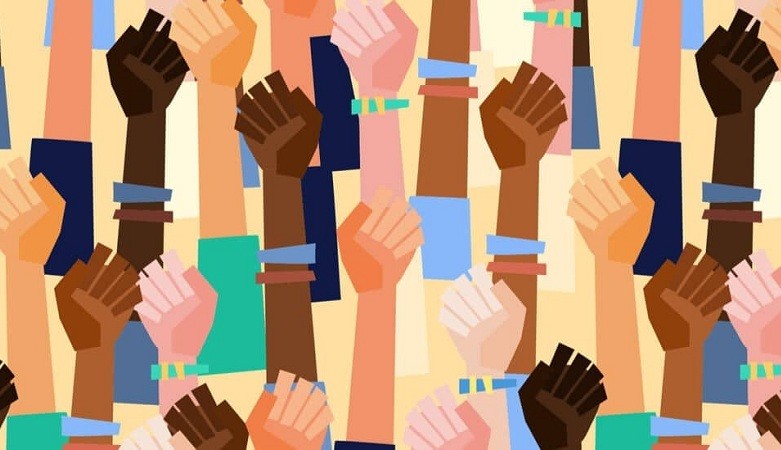
Jacob Peenikparambil – Article: "I will give you a talisman. Whenever you are in doubt, or when the self becomes too much with you, apply the following test. Recall the face of the poorest and the weakest man [woman] whom you may have seen, and ask yourself, if the step you contemplate is going to be of any use to him [her]”. These words of Gandhiji are mainly meant for those who are governing our country.
A nation is mainly its people. Bharat Mata is the people of India; when the 139 core people of India become strong by developing their human resources India becomes strong. Investing more in education and health care sectors by the government is the best means for reducing inequalities and make the nation strong.
The latest National Sample Survey (NSS) shows that the top 10% of Indians possess more than 50% of the financial and physical assets. The survey has found the highest inequality in national capital Delhi, where the top 10% richest people owned 80.8% of the assets and the bottom 50% had just 2.1%. The second highest inequality is found in Punjab where the top 10% of population owns 60% of assets whereas the lowest 10% possess only 5% of assets.
Covid 19 has badly hit the education of rural children. According to the report, out of school children doubled, especially among the poor. Only 4% of rural households had a computer and less than 15% households had an internet connection. The digital mode of delivering education excluded a large majority of rural children from education.
One of the core principles of the Indian constitution is EQUALITY. The constitution has promised equal rights and opportunities to all citizens. After 75 years of Independence all children in India do not have equal opportunity for good quality education. India has a dual system of education. The rich and the middle class, who have the means to pay, get good quality education whereas the poor are to be satisfied with poor quality education provided through the government schools and poor quality private schools.
Because of the dual system of education a large majority of poor children drop out either before they complete education up to class X or XII and they join the daily wage labour force. By making use of the facilities provided by the government some of the poor may get into higher education. But many of them do not have the required skills and knowledge either to get a good job or to start one’s own business. As per the India Skills Report (ISR) released on February 19, 2021, less than half of the Indian graduates (45.9%) are employable.
In order to bring about substantial change in the standard of living of the poor people, the government has to invest more on education and health care. Instead of privatizing health and education sectors, the government has to increase budgetary allocation for these two sectors. Every National Education Policy since 1968 had recommended allocation of 6% of GDP for the education sector. Still, India spent only 3.1% on education in 2019-20. With regard to health care, India is among the countries having the lowest public healthcare budget in the world with a share of 1.26% of the total GDP.
Treating people of India only as beneficiaries (labhanvit) is fundamentally a wrong approach. In a democracy, people are the masters. If the rulers of India follow the talisman of Gandhi while formulating policies, and focus on the last and the least, inequalities in India will be reduced.
Read More Articles from the Author: